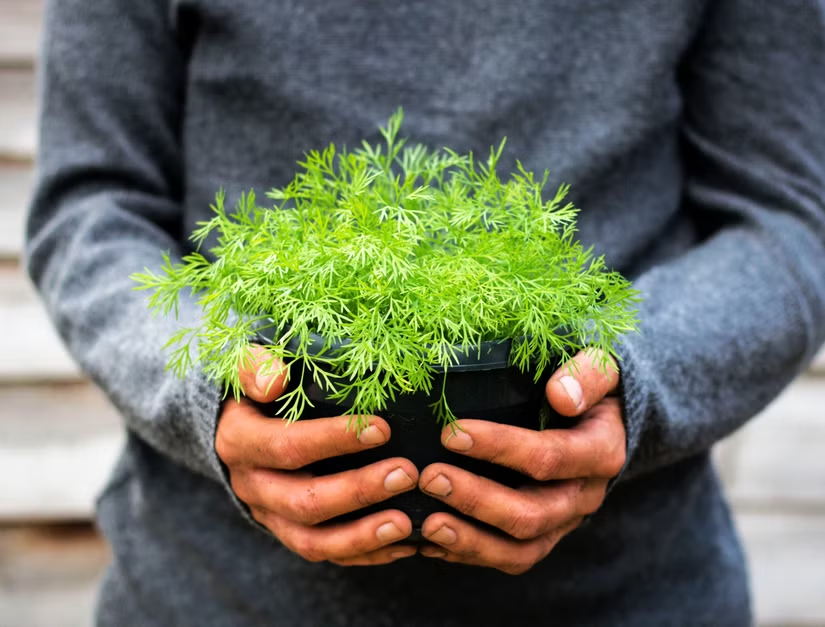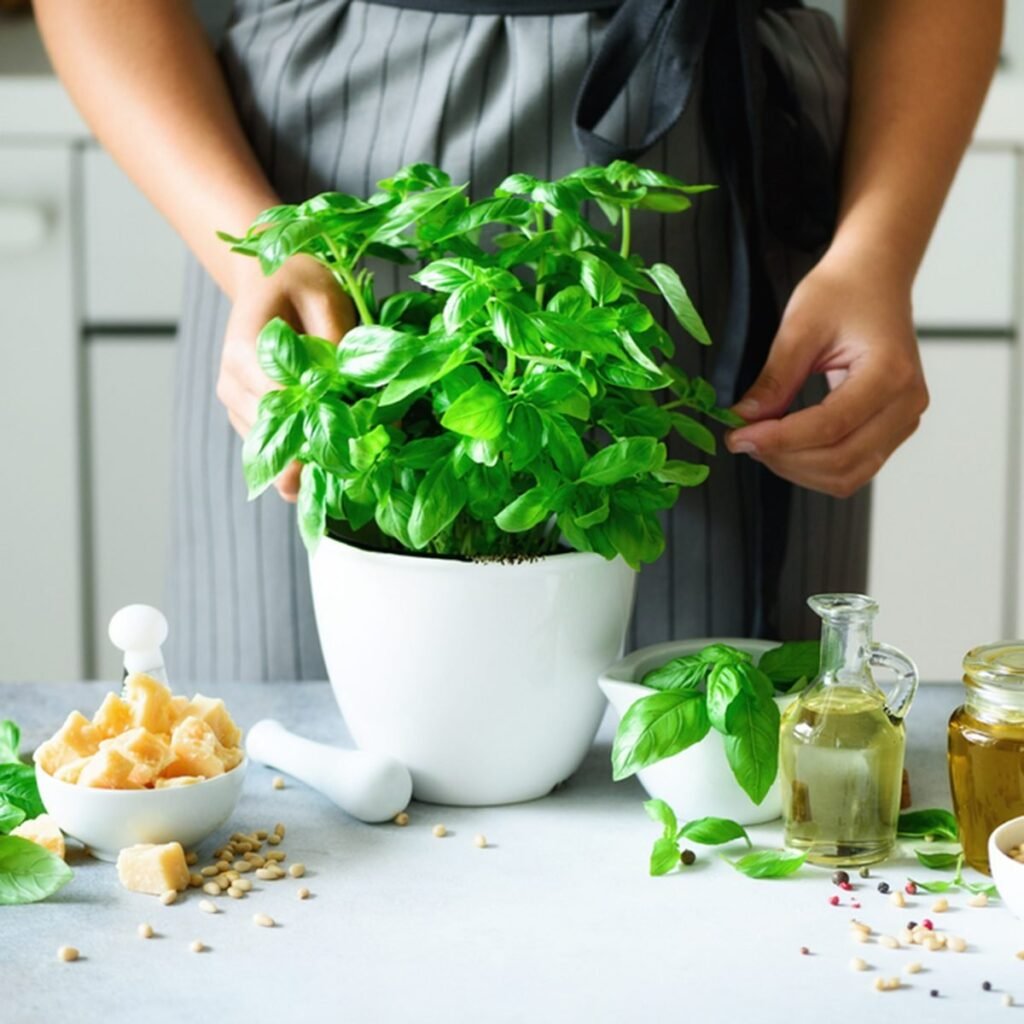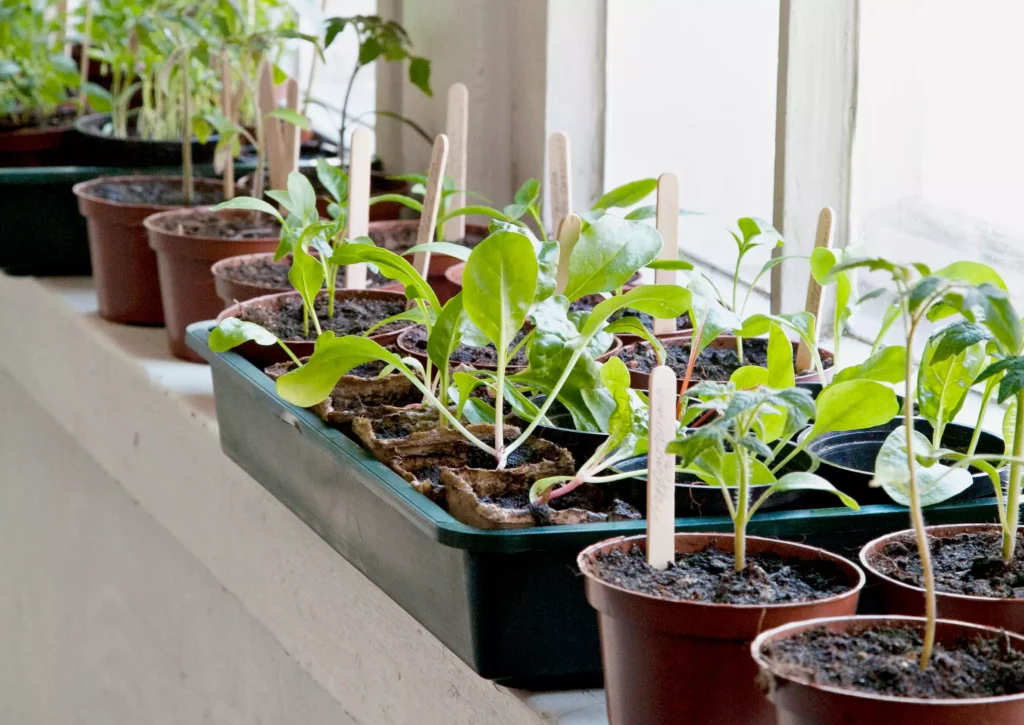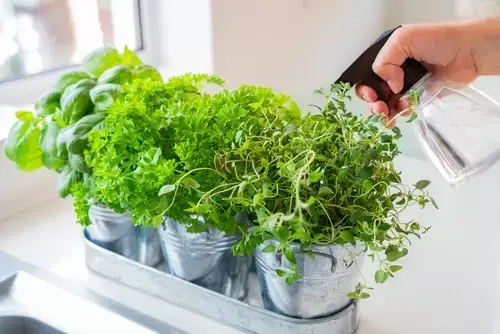Growing herbs indoors has become increasingly popular among home gardeners, chefs, and health-conscious individuals. Indoor herb gardens provide fresh, aromatic ingredients at your fingertips, regardless of the season. Unlike outdoor gardens, indoor setups offer controlled environments that protect plants from extreme temperatures, pests, and unpredictable weather. While many herbs prefer outdoor conditions, certain varieties are exceptionally adaptable and can thrive indoors all year long. This article explores five such herbs, detailing their care requirements, benefits, and tips to maintain vibrant, productive plants year-round.
1. Basil (Ocimum basilicum)

Basil is one of the most popular culinary herbs, prized for its aromatic leaves and versatility in dishes ranging from salads to sauces. While often grown outdoors in warm seasons, basil can flourish indoors when provided with sufficient light and proper care.
Growing Conditions:
- Light: Basil requires at least 6–8 hours of bright, direct sunlight. A sunny south-facing window or supplemental grow lights ensures vigorous growth.
- Temperature: Prefers warm temperatures between 70–80°F (21–27°C). Avoid cold drafts and sudden temperature changes.
- Soil: Well-draining, nutrient-rich potting mix works best. Adding perlite or sand can improve drainage.
- Watering: Keep the soil consistently moist but not waterlogged. Water when the top inch of soil feels dry.
Care Tips:
- Pinch off flowering stems to encourage bushier growth and prolong leaf production.
- Regularly harvest leaves from the top, which stimulates new growth.
- Fertilize lightly every 4–6 weeks with a balanced, water-soluble fertilizer.
Benefits: Fresh basil enhances flavor in countless dishes and contains antioxidants, anti-inflammatory compounds, and vitamins A and K.
2. Mint (Mentha spp.)
Mint is a hardy, fast-growing herb that adapts well to indoor life. Its vigorous growth and aromatic leaves make it ideal for teas, cocktails, and culinary applications.
Growing Conditions:
- Light: Prefers bright, indirect sunlight. Too much direct sun can scorch the leaves.
- Temperature: Thrives in average indoor temperatures of 65–70°F (18–21°C).
- Soil: Well-draining, loamy soil with consistent moisture supports healthy roots.
- Watering: Keep the soil evenly moist, but avoid soggy conditions that may cause root rot.
Care Tips:
- Contain mint’s growth by planting in a dedicated pot; it spreads aggressively.
- Trim leaves regularly to prevent legginess and promote fresh growth.
- Fertilize lightly every 6–8 weeks with a balanced organic fertilizer.
Benefits: Mint aids digestion, relieves nausea, and adds fresh flavor to drinks, desserts, and sauces.
3. Rosemary (Rosmarinus officinalis)

Rosemary is a woody perennial herb with fragrant, needle-like leaves. It is well-suited for indoor cultivation, especially when given plenty of light and airflow.
Growing Conditions:
- Light: Requires at least 6–8 hours of direct sunlight daily. A sunny window or supplemental grow light is essential.
- Temperature: Prefers cooler indoor temperatures of 60–70°F (16–21°C) and tolerates slightly lower nighttime temperatures.
- Soil: Sandy, well-draining potting mix prevents root rot. Avoid heavy, water-retentive soils.
- Watering: Allow the soil to dry slightly between waterings; overwatering is a common cause of failure.
Care Tips:
- Rotate the plant periodically to ensure even light exposure.
- Prune regularly to maintain shape and encourage new growth.
- Rosemary benefits from occasional misting to increase humidity.
Benefits: Rosemary contains antioxidants, supports memory and concentration, and imparts robust flavor to roasted dishes, stews, and breads.
4. Thyme (Thymus vulgaris)

Thyme is a low-maintenance herb with woody stems and tiny, aromatic leaves. It thrives indoors with minimal attention and is excellent for year-round culinary use.
Growing Conditions:
- Light: Needs at least 5–6 hours of sunlight daily. Grow lights can supplement during short winter days.
- Temperature: Prefers 60–75°F (16–24°C) and tolerates cooler indoor conditions.
- Soil: Well-draining, sandy soil is essential to prevent root rot.
- Watering: Water sparingly; thyme prefers slightly dry soil between waterings.
Care Tips:
- Harvest stems regularly to encourage bushy growth.
- Pinch off flowers if you want to focus energy on leaf production.
- Fertilize lightly every 6–8 weeks with a balanced, water-soluble fertilizer.
Benefits: Thyme is rich in vitamins C and A, supports immune health, and enhances flavor in soups, roasted vegetables, and meats.
5. Parsley (Petroselinum crispum)

Parsley is a versatile, biennial herb often grown as an annual indoors. Its flat or curly leaves are nutrient-dense and suitable for a wide range of culinary uses.
Growing Conditions:
- Light: Requires 4–6 hours of bright, indirect sunlight daily. Grow lights help during short winter days.
- Temperature: Prefers 60–70°F (16–21°C). Avoid exposure to cold drafts.
- Soil: Fertile, well-draining soil enriched with compost promotes healthy growth.
- Watering: Keep soil consistently moist, but not waterlogged.
Care Tips:
- Harvest outer leaves regularly, leaving inner stems to continue growing.
- Pinch back flower stalks to extend leaf production.
- Fertilize every 4–6 weeks with a mild, balanced fertilizer.
Benefits: Parsley is rich in vitamins K, C, and A, supports digestion, and adds fresh flavor to salads, sauces, and garnishes.
Tips for Maintaining an Indoor Herb Garden Year-Round
To ensure these herbs thrive indoors all year, consider the following best practices:
- Light Management: Most herbs need 6–8 hours of light. Use south-facing windows or supplemental LED grow lights to maintain growth during winter.
- Proper Drainage: Ensure pots have drainage holes and use well-draining soil to prevent root rot.
- Humidity Control: Indoor air can be dry, especially in winter. Use a humidifier, mist plants, or place trays of water nearby to maintain humidity.
- Temperature Stability: Avoid placing herbs near heat vents or cold drafts, which can stress the plants.
- Regular Harvesting: Frequent harvesting encourages new growth and prevents herbs from becoming leggy or woody.
- Pest Management: Monitor for indoor pests such as aphids or spider mites. Isolate new plants before introducing them to prevent infestations.
- Fertilization: Use a balanced, water-soluble fertilizer every 4–8 weeks, depending on growth rate and pot size.
Benefits of Growing Herbs Indoors

- Year-Round Supply: Fresh herbs are available even in winter, eliminating the need for store-bought alternatives.
- Improved Flavor and Nutrition: Homegrown herbs are fresher and often more flavorful and nutrient-dense than store-bought varieties.
- Cost-Effective: Growing your own herbs reduces grocery bills.
- Health and Wellness: Indoor herbs contribute to a nutritious diet and improve indoor air quality with their natural aromas.
- Gardening Satisfaction: Indoor herb gardening is a rewarding hobby that promotes mindfulness and connection to nature.
Conclusion
Growing herbs indoors all year long is an achievable goal with careful planning, proper care, and the right selection of varieties. Basil, mint, rosemary, thyme, and parsley are among the most adaptable and productive herbs for indoor cultivation. By providing adequate light, well-draining soil, proper watering, and periodic fertilization, gardeners can enjoy fresh, aromatic herbs year-round, enhancing both culinary creations and overall wellness.
Indoor herb gardens not only ensure a continuous supply of fresh ingredients but also add greenery and vitality to home interiors. Whether you’re a seasoned gardener or a beginner, cultivating these five herbs indoors offers a rewarding, sustainable way to maintain a thriving garden in any season.
